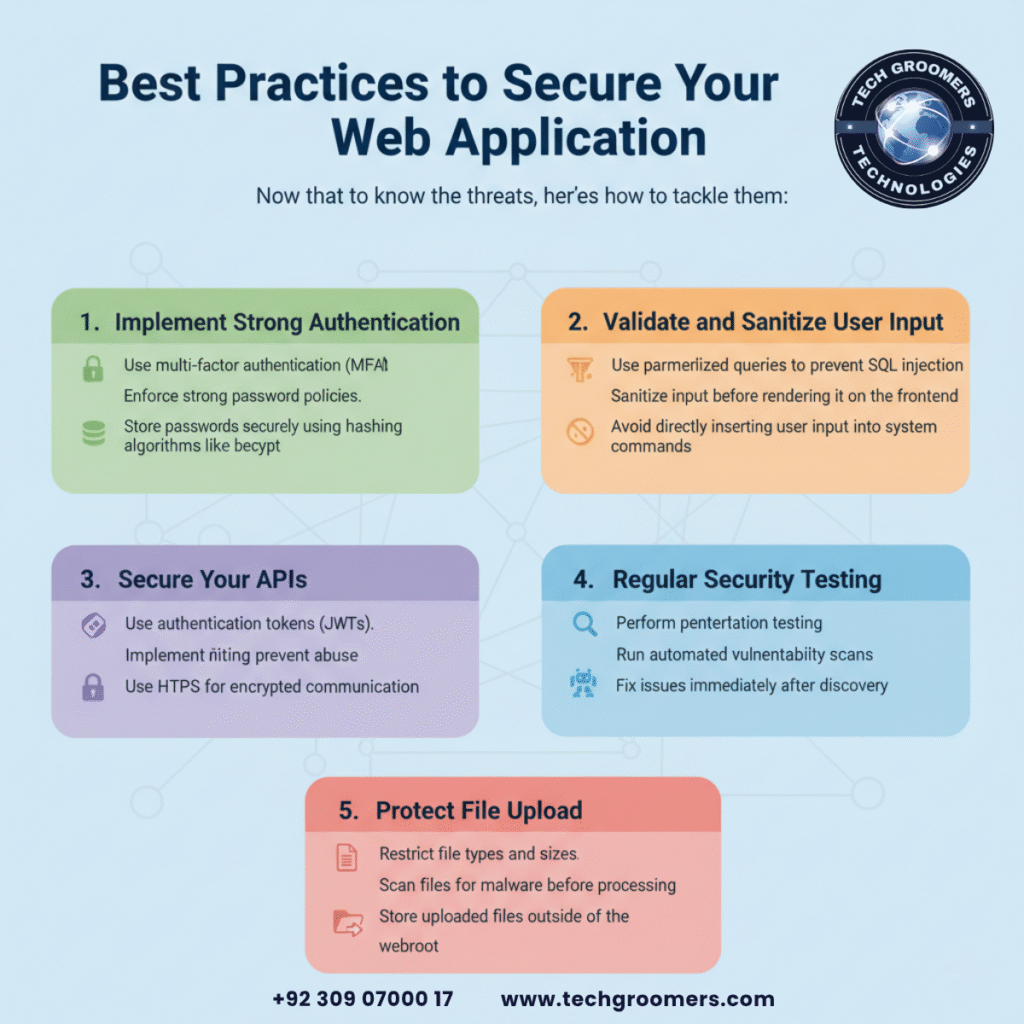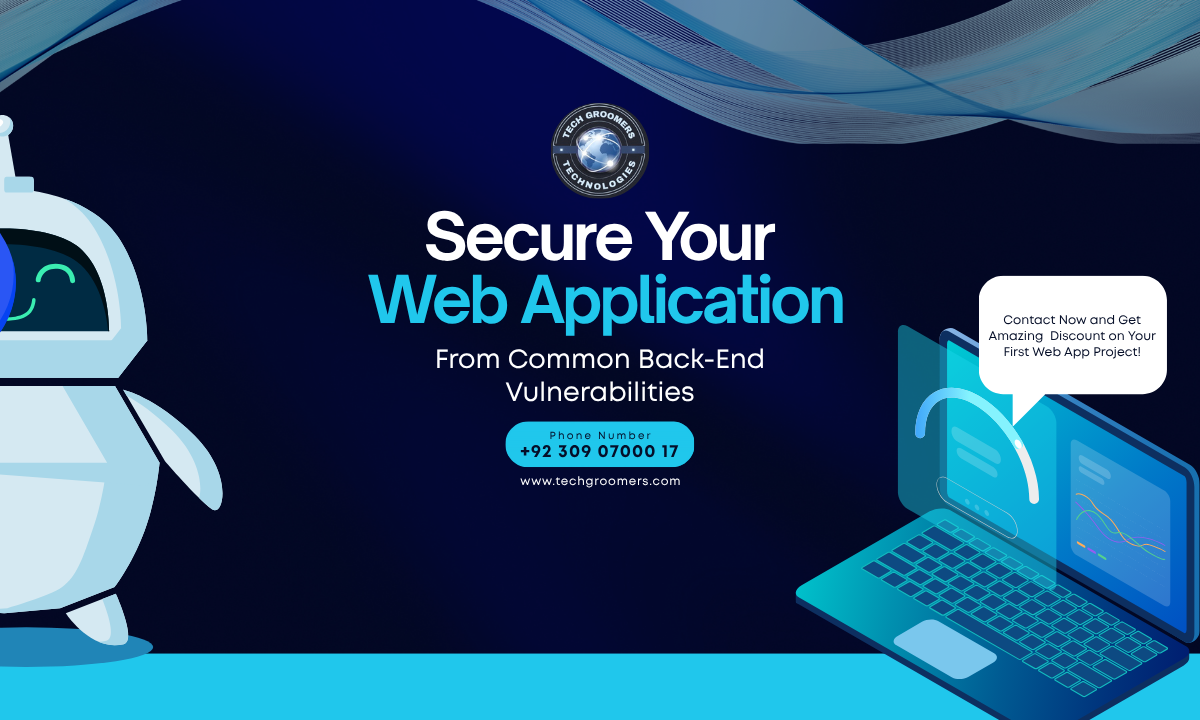When it comes to building a web application, developers often focus on functionality, design, and user experience. But let’s be real—if your app isn’t secure, none of that will matter. A single vulnerability can expose sensitive data, damage your reputation, and even shut your business down. That’s why back-end security is not just an option; it’s a necessity.
In this guide, we’ll break down the most common back-end vulnerabilities and share effective ways to secure your application in 2025 and beyond.
Why Back-End Security Matters
Your back-end is the powerhouse of your web application. It handles user authentication, processes transactions, stores data, and communicates with external APIs. If compromised, attackers can:
- Steal personal or financial data
- Inject malicious code
- Crash your system
- Take control of admin accounts
Securing your back-end ensures trust, reliability, and compliance with industry standards.
Common Back-End Vulnerabilities
Below are some of the most frequent vulnerabilities every developer should watch out for:
| Vulnerability | Description | Potential Risk |
|---|---|---|
| SQL Injection | Malicious SQL queries can manipulate or access your database. | Data theft, unauthorized access, data loss |
| Cross-Site Scripting (XSS) | Attackers inject harmful scripts into web pages. | Data exposure, session hijacking |
| Broken Authentication | Weak login mechanisms or poor session handling. | Account takeover, unauthorized access |
| Insecure APIs | Poorly protected APIs expose sensitive endpoints. | Data leaks, unauthorized transactions |
| File Upload Vulnerabilities | Unrestricted file uploads allow malicious files to be executed. | Remote code execution, system compromise |
Best Practices to Secure Your Web Application

Now that you know the threats, here’s how to tackle them:
1. Implement Strong Authentication
- Use multi-factor authentication (MFA).
- Enforce strong password policies.
- Store passwords securely using hashing algorithms like bcrypt.
2. Validate and Sanitize User Input
- Use parameterized queries to prevent SQL injection.
- Sanitize input before rendering it on the frontend.
- Avoid directly inserting user input into system commands.
3. Secure Your APIs
- Use authentication tokens (JWTs).
- Implement rate limiting to prevent abuse.
- Use HTTPS for encrypted communication.
4. Regular Security Testing
- Perform penetration testing.
- Run automated vulnerability scans.
- Fix issues immediately after discovery.
5. Protect File Uploads
- Restrict file types and sizes.
- Scan files for malware before processing.
- Store uploaded files outside of the webroot.
Security Checklist for Developers
Here’s a quick checklist to keep handy:
| Task | Status |
|---|---|
| Enable HTTPS with SSL/TLS | ✅ |
| Use secure session cookies | ✅ |
| Apply input validation | ✅ |
| Encrypt sensitive data | ✅ |
| Regularly patch and update systems | ✅ |
| Implement logging and monitoring | ✅ |
The Future of Back-End Security

With advancements in technology, attackers are becoming smarter. Emerging trends like AI-driven attacks and cloud-specific vulnerabilities mean developers must continuously adapt. Adopting DevSecOps practices, where security is integrated into every stage of development, will play a major role in the future of web application security.
Final Thoughts
Securing your web application is an ongoing process. By understanding common vulnerabilities, applying best practices, and staying updated with security trends, you can build a resilient back-end that keeps users safe and your application trustworthy. Remember, prevention is always cheaper—and smarter—than dealing with a breach.




Leave a Reply